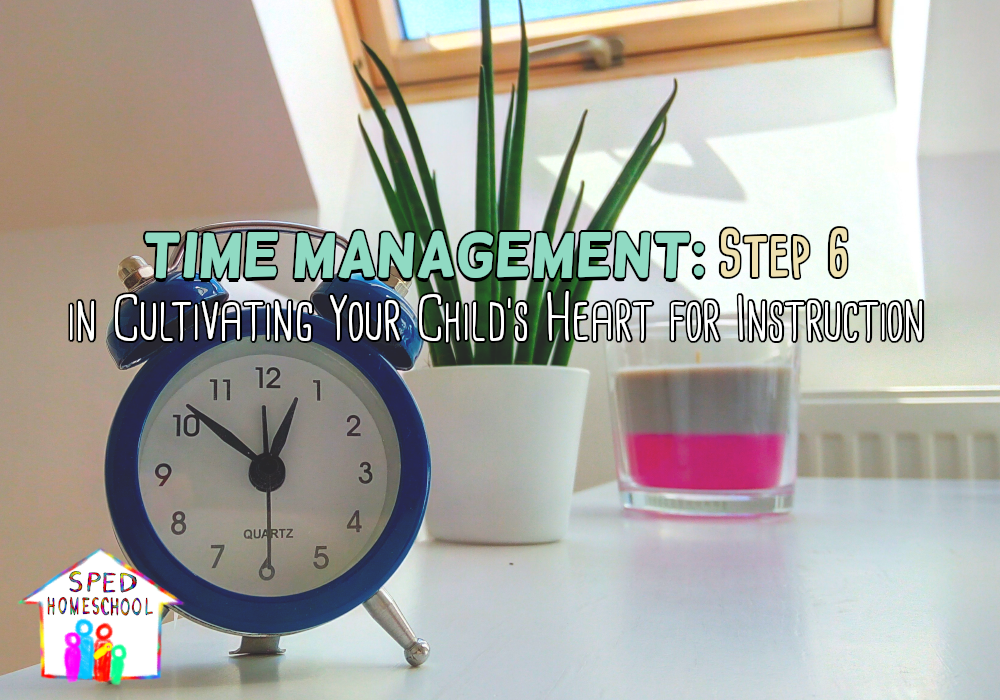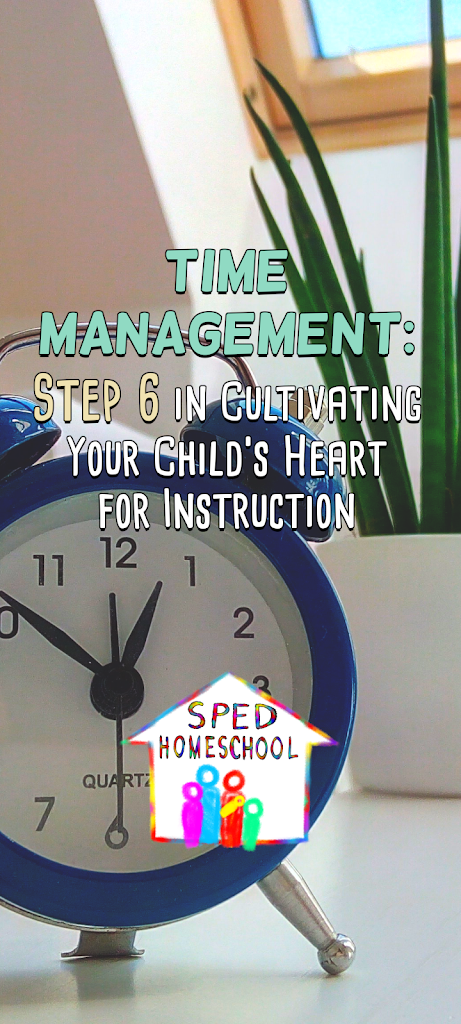
Peggy Ployhar
I have always been pretty good about scheduling and to-do lists. The engineer in me loves to write out plans, figure out the best method for getting everything on my list done, and optimize every possible scenario so no time is wasted. Not even motherhood or homeschooling have deterred my nature of being an ambitious planner. But, something that has been working at this adamant planner in me is the same thing that has been slowly changing me from the inside out for 22 years, my relationship with God.
Planning spiritual time is an oxymoron. Our spiritual life when we become a Christian is supposed to become all of our lives. This is where the planner in me struggled for many years. Early on in my walk with God, I would try to cram my study and prayer time into specific slots in the day. I then swung to the opposite extreme, feeling my planning was not spiritual enough. Thus, my planners and lists were set aside so I could lean into God moment my moment without their distraction. The problem with both of these approaches was I couldn’t find an adequate balance for prioritizing the things of life alongside my relationship with God.
My struggle has fortunately changed in the past few years and I have discovered how I can plan for a simplified spiritual life. The lessons God has been teaching me about bringing Him into my planning has allowed me to triumph over each day, follow His plans, and keep in check the things swirling around in my life. I have been learning how to properly prioritize my schedule daily, what God has been teaching me as I spend time in His word and praying.
The change has truly been freeing, and not only in my own life but also in the lives of those I’ve been sharing my daily revelations with, specifically my 15-year-old daughter and a few of the viewers on my personal YouTube channel, Daily Revelations.
“The lessons God has been teaching me about bringing Him into my planning has allowed me to triumph over each day, follow His plans, and keep in check the things swirling around in my life.“
Therefore, in looking ahead to 2020, I decided to create a bible study and planner together that will help you to learn how to start planning for a simplified spiritual life.
Wondering what’s involved? It’s super simple.
- Download the free planner you can find on the Free Downloads page on the SPED Homeschool website
- Print the planner however it would work best for you
- Read one chapter of the Bible a week.
- Every day there is a different activity that will help you study the text
- Every weekday there will be a new video on the Daily Revelations YouTube channel that will expand upon the text you are reading
- Plan your monthly, weekly, and daily schedules as well as grocery lists, menus and more right alongside your daily bible study
- Merge what God is teaching you into your plans and prioritize your lists and to-do items based on where the Spirit is leading your heart and mind
- Join the Daily Revelations community on The Jump to be encouraged and to encourage others who are using this same planner and doing the same bible readings
Since this is the pilot year for this project, the planner is free to download. So far the first quarter is written, and April through December will be coming soon. By using the planner and being part of our community, you will also have the opportunity to provide suggestions for the 2021 planner and get a sizable discount.
Joining us late? No problem. There is no need to go back to the beginning of the study. Just start on whatever day, week, or month you can. You can always go back and watch earlier videos or fill in earlier lessons if you would like, but it is not necessary for understanding the daily lesson.
I am so excited to get started and begin planning with you towards a simplified spiritual life starting in 2020.
Did you benefit from this article?
Would you consider a small donation to support the ongoing work of SPED Homeschool?
Click Here to Donate Today



